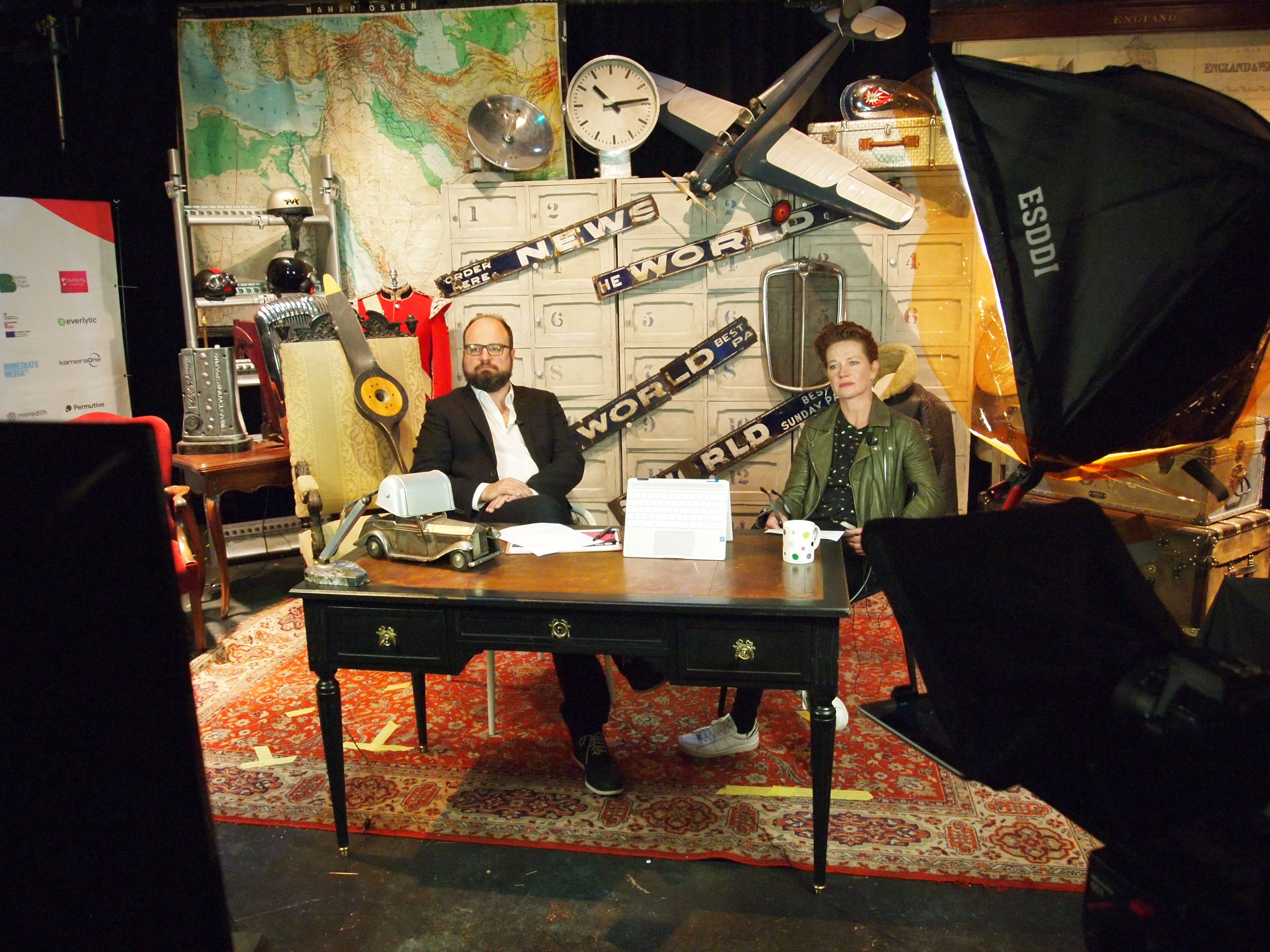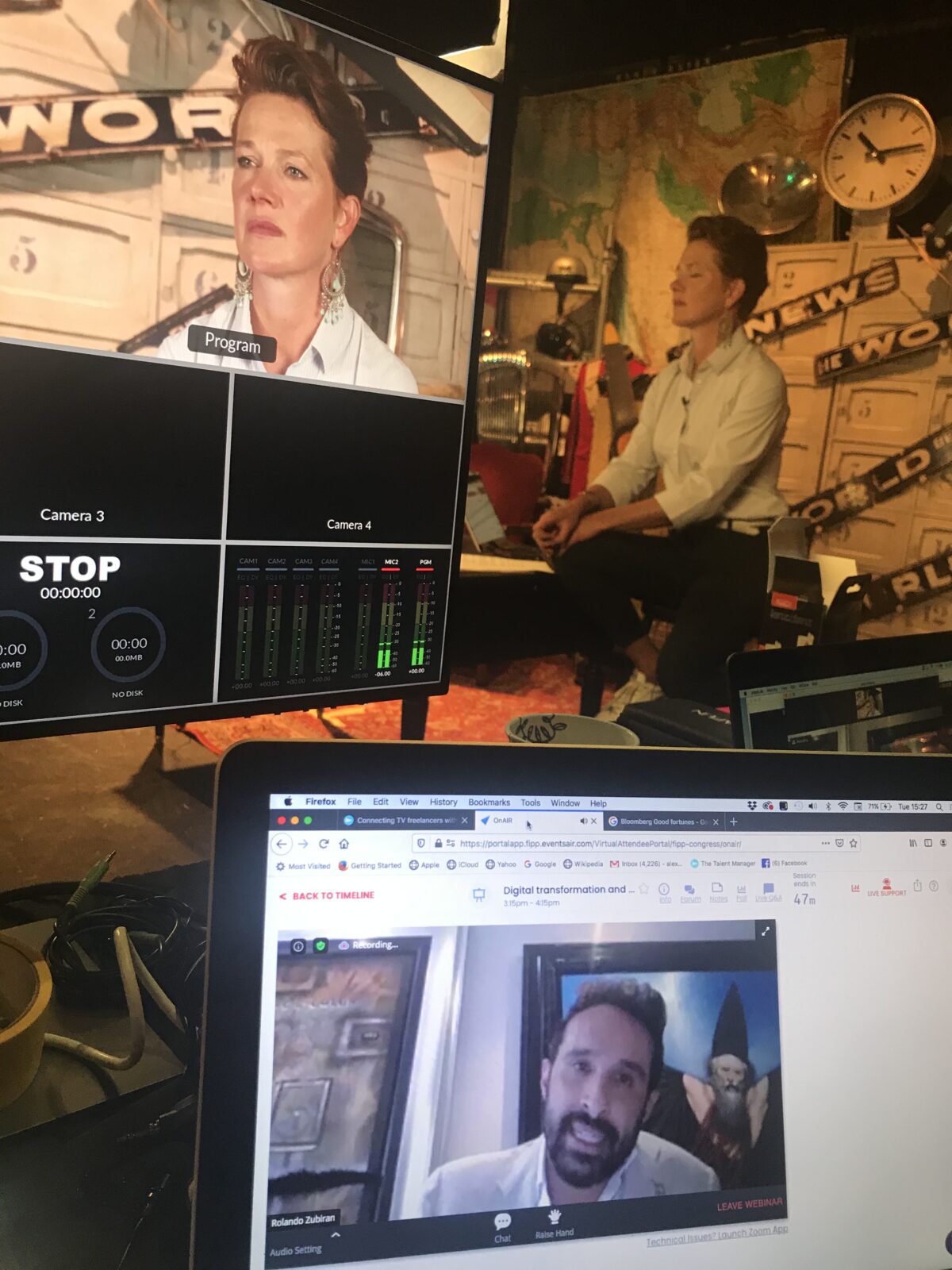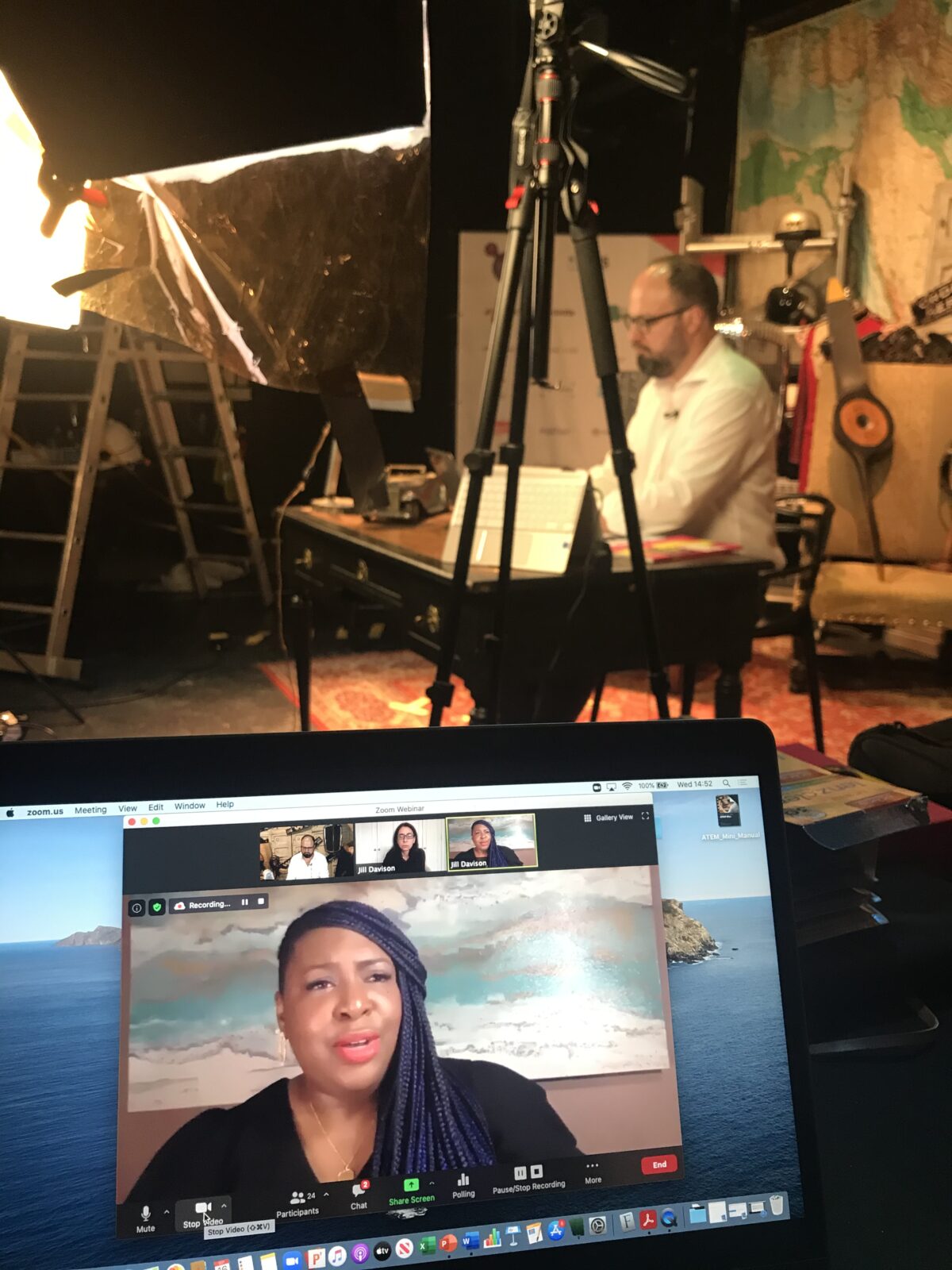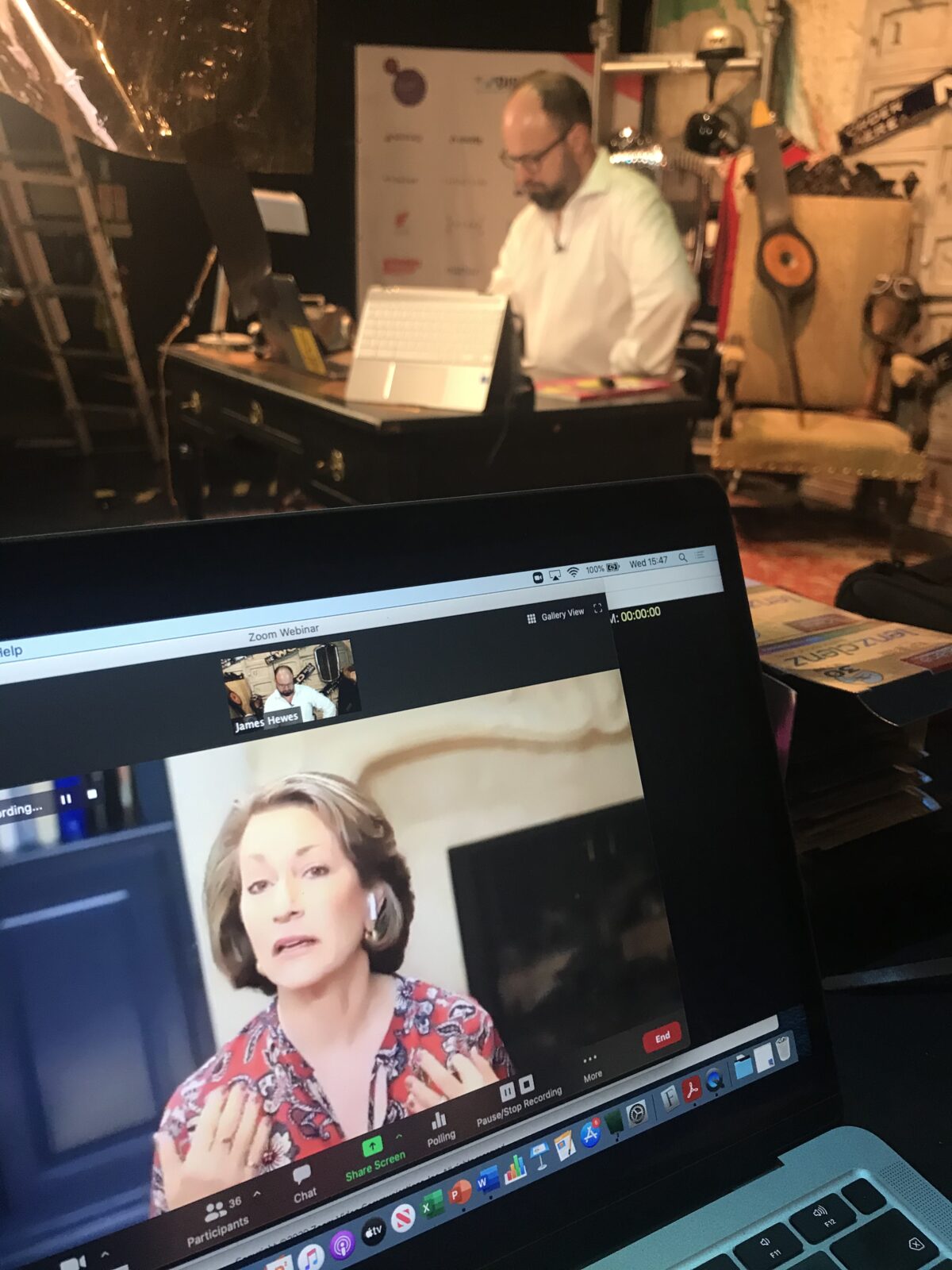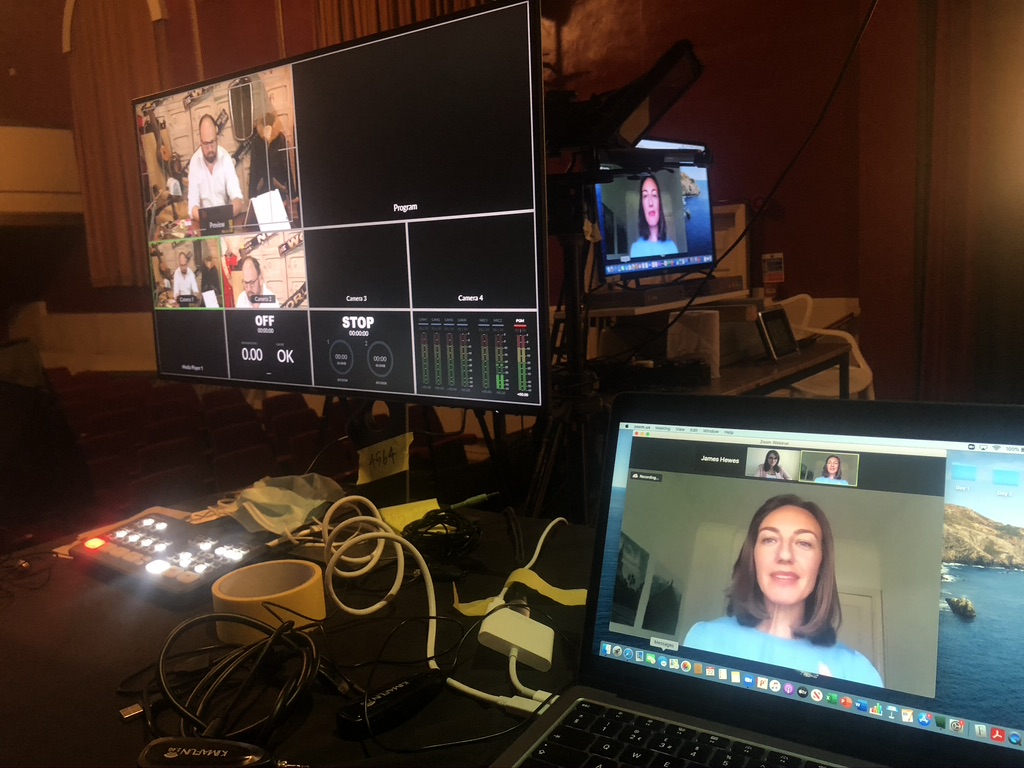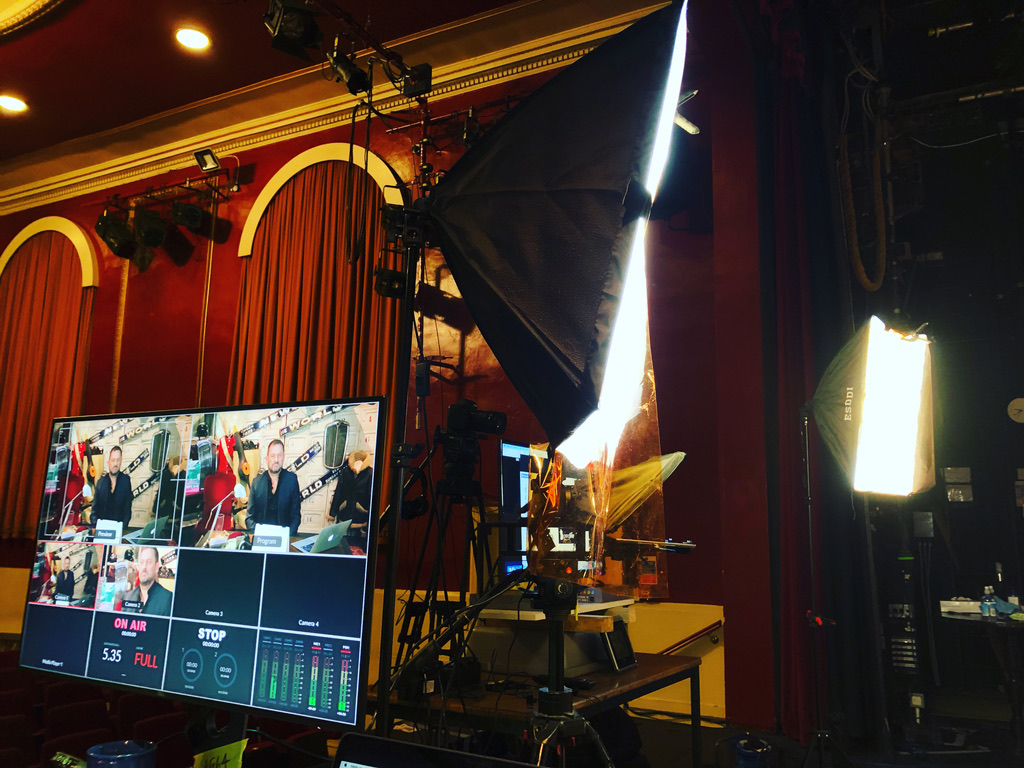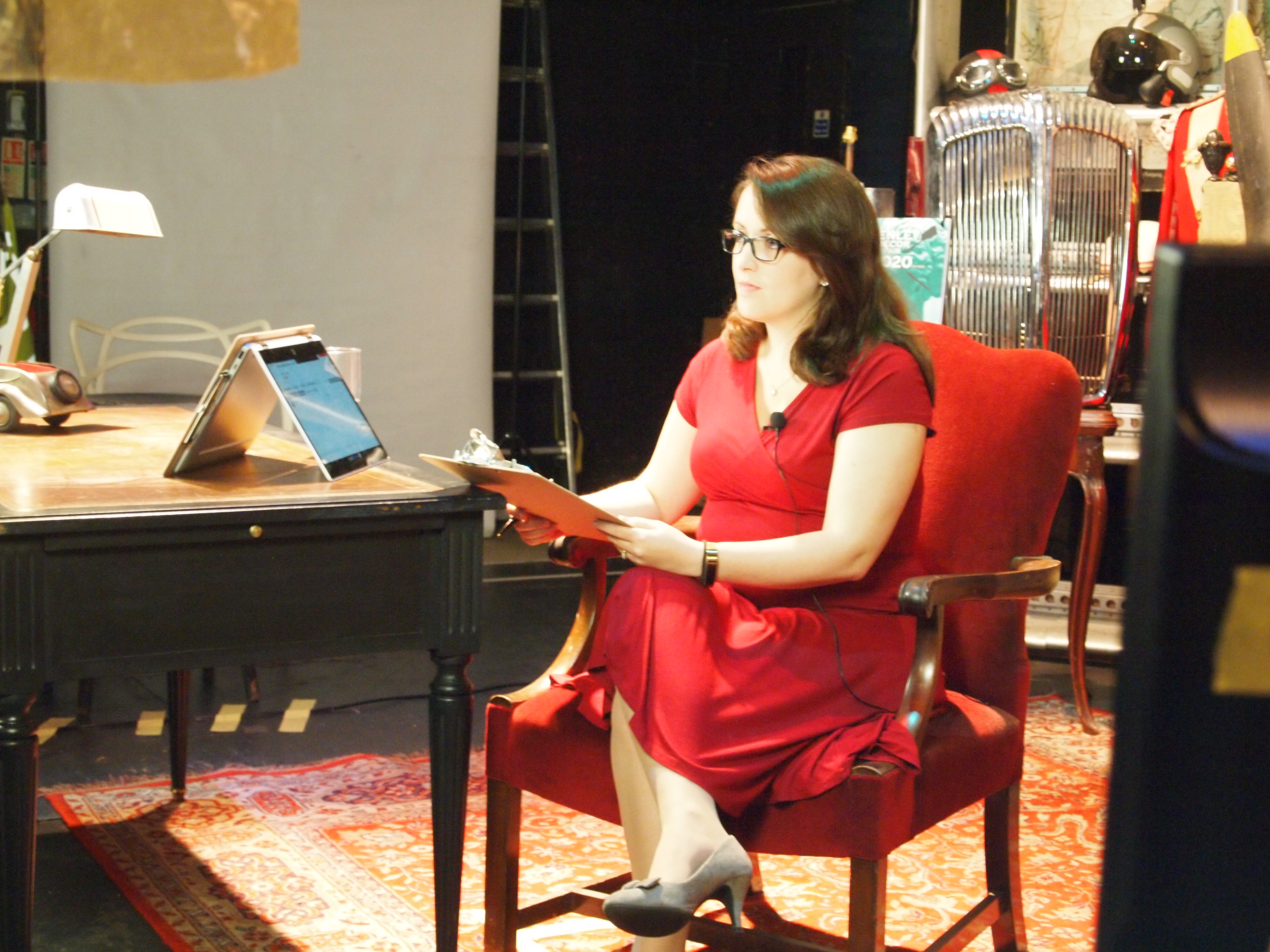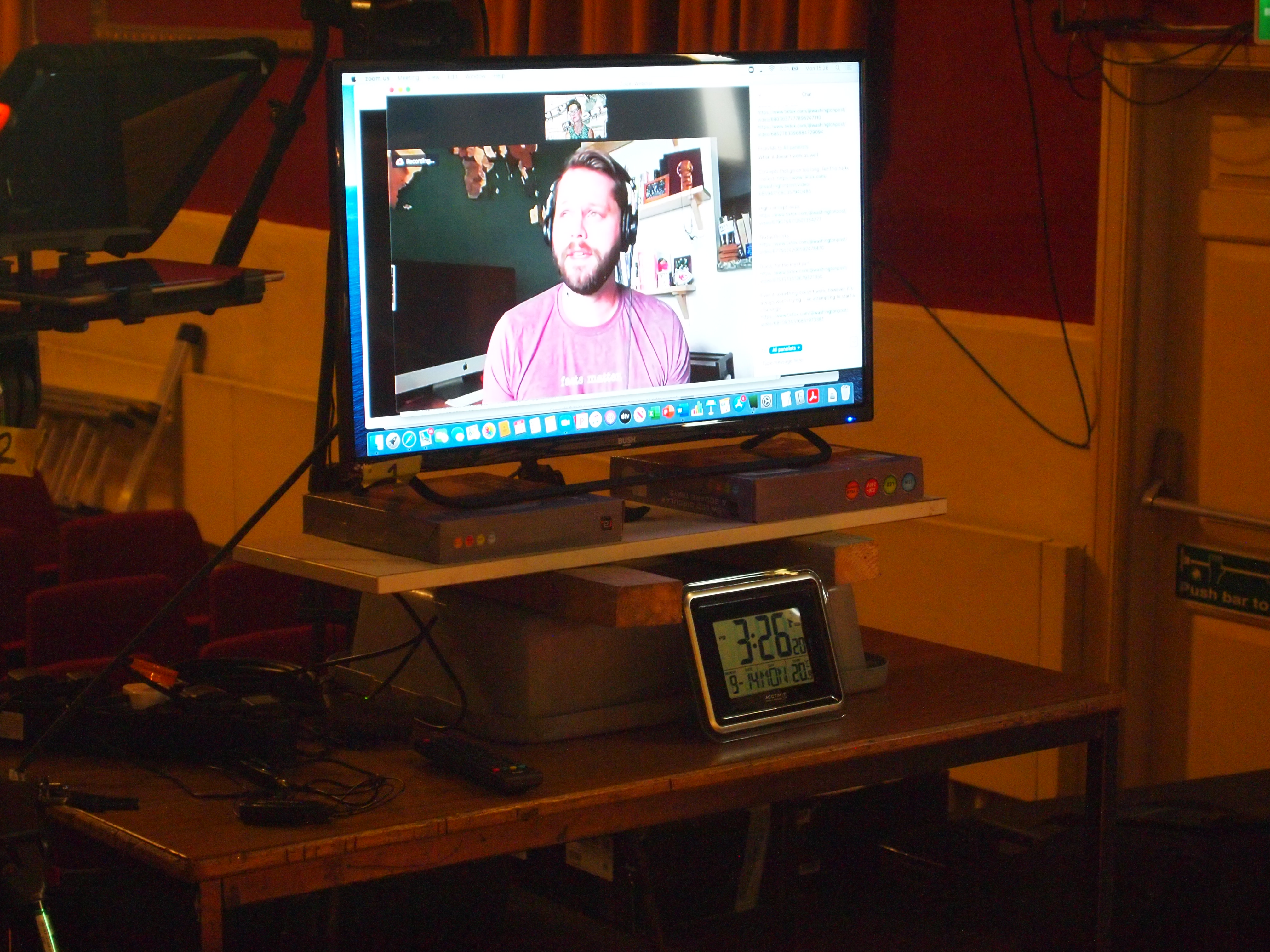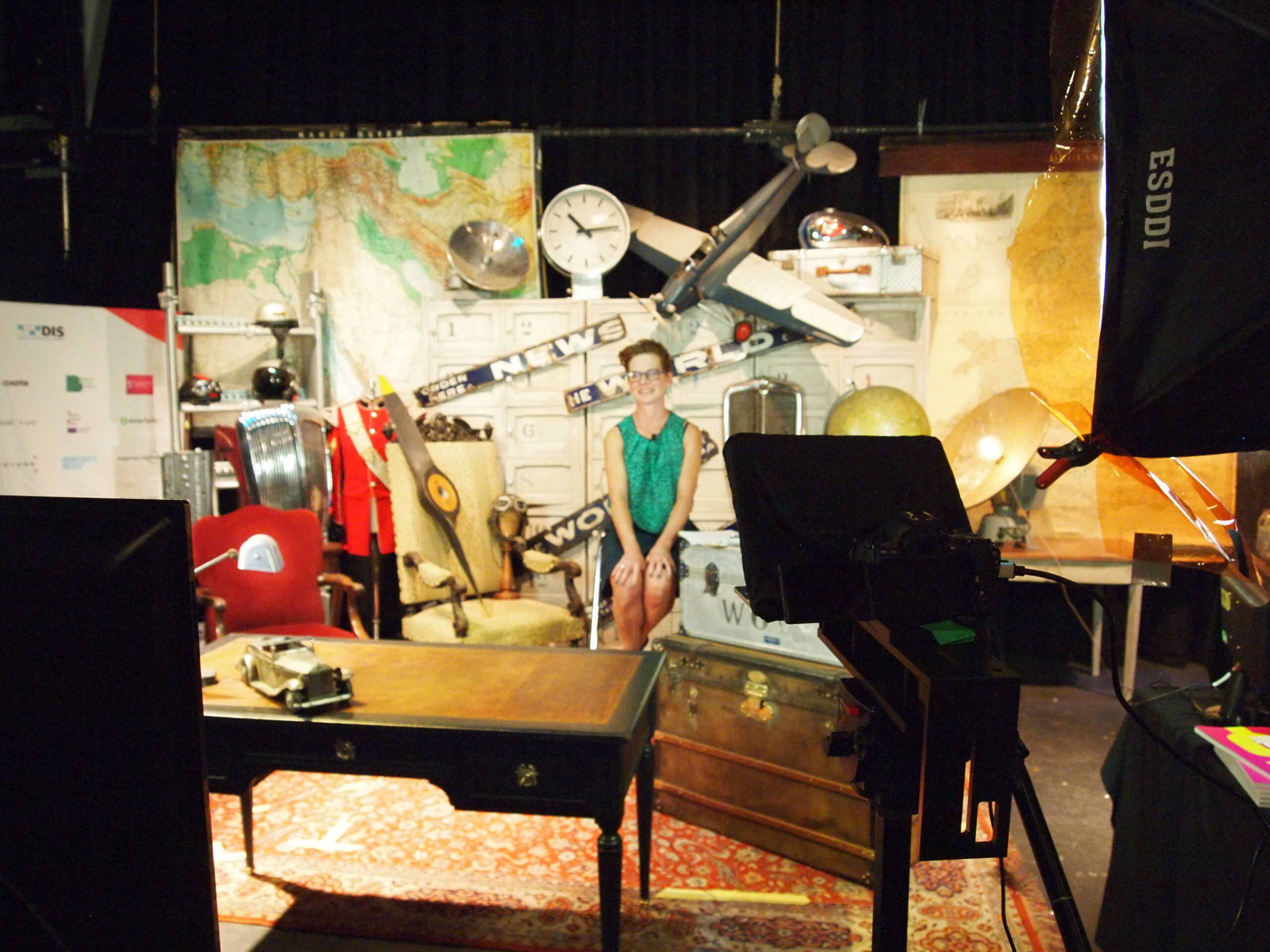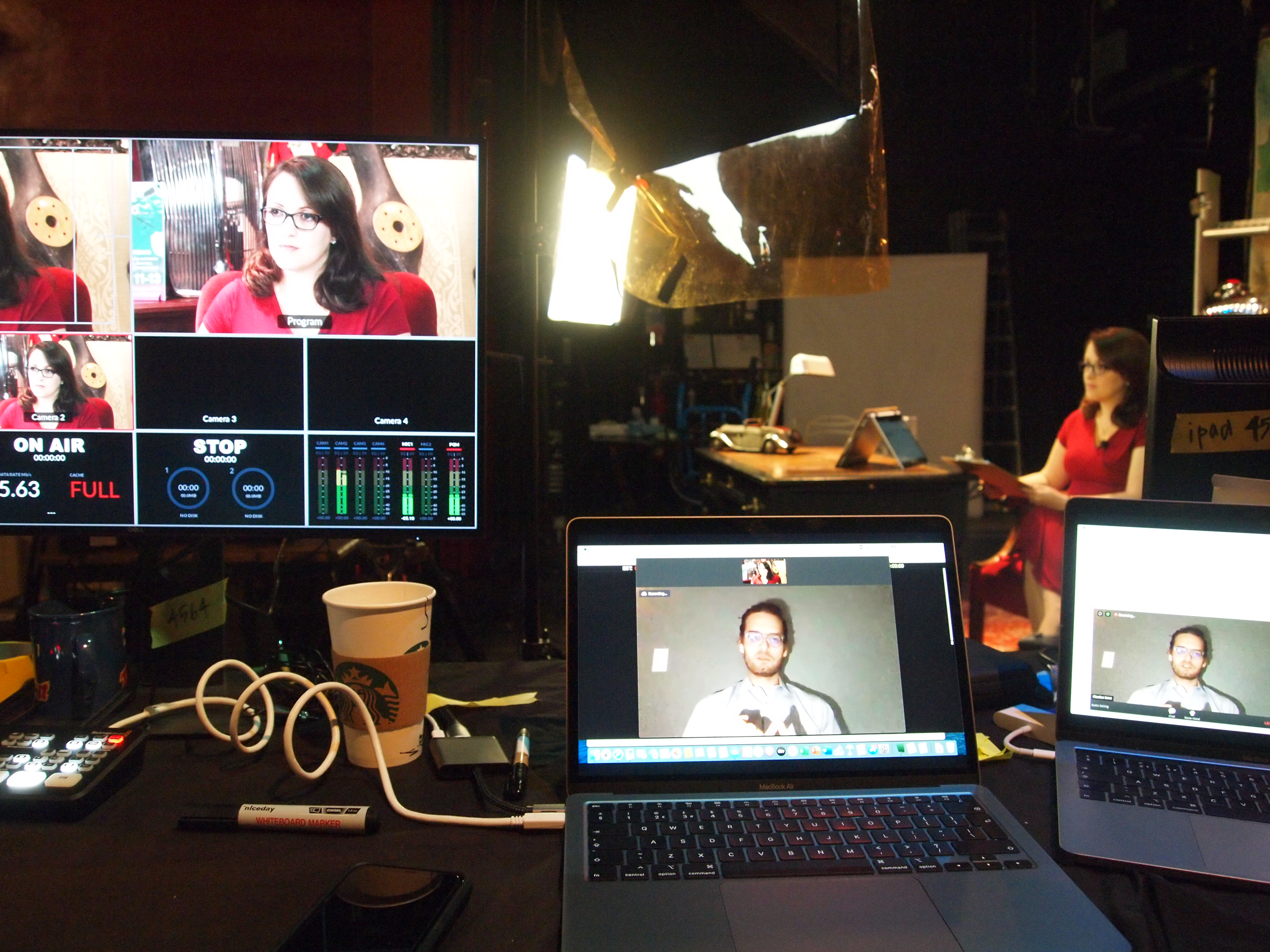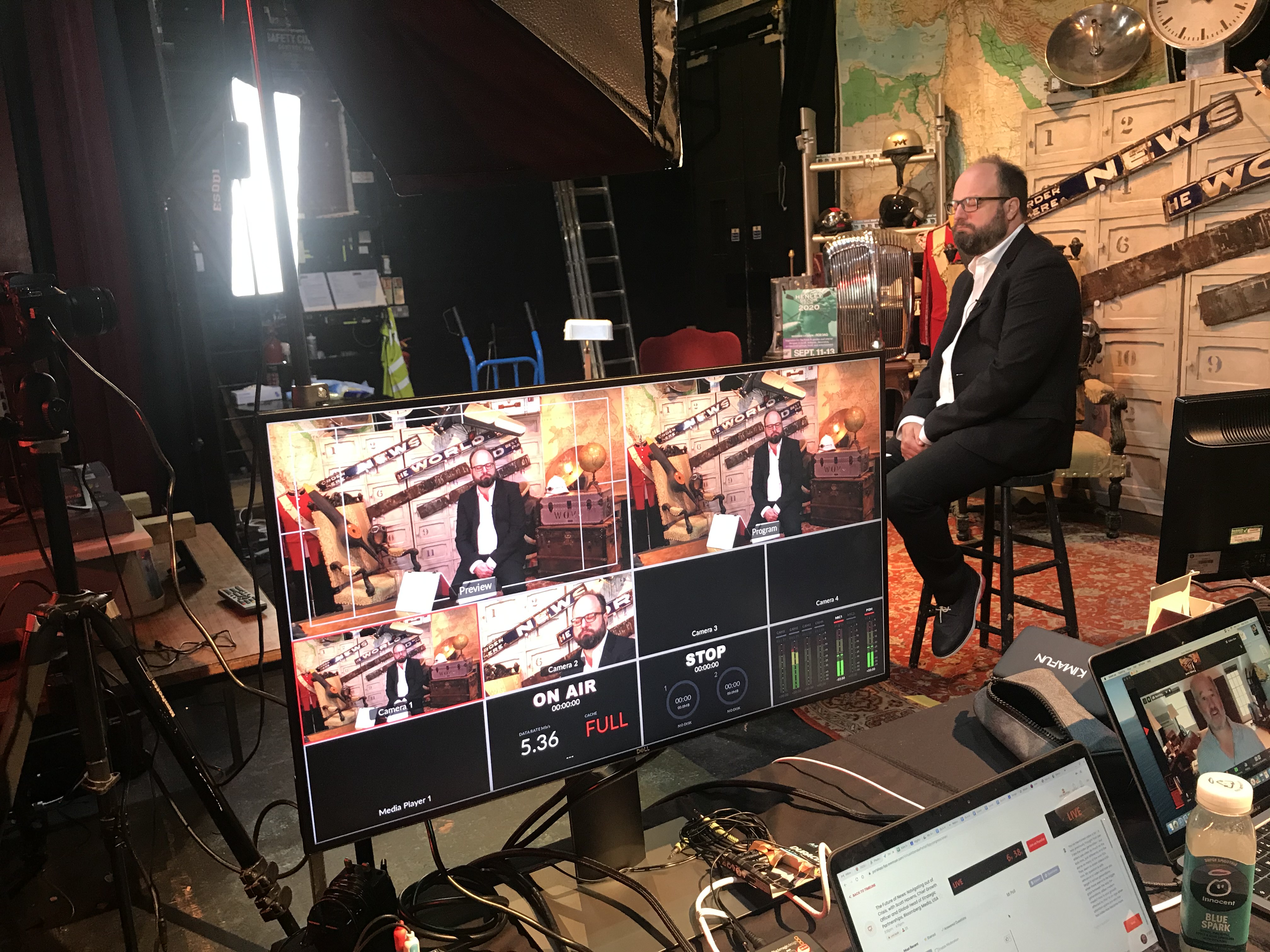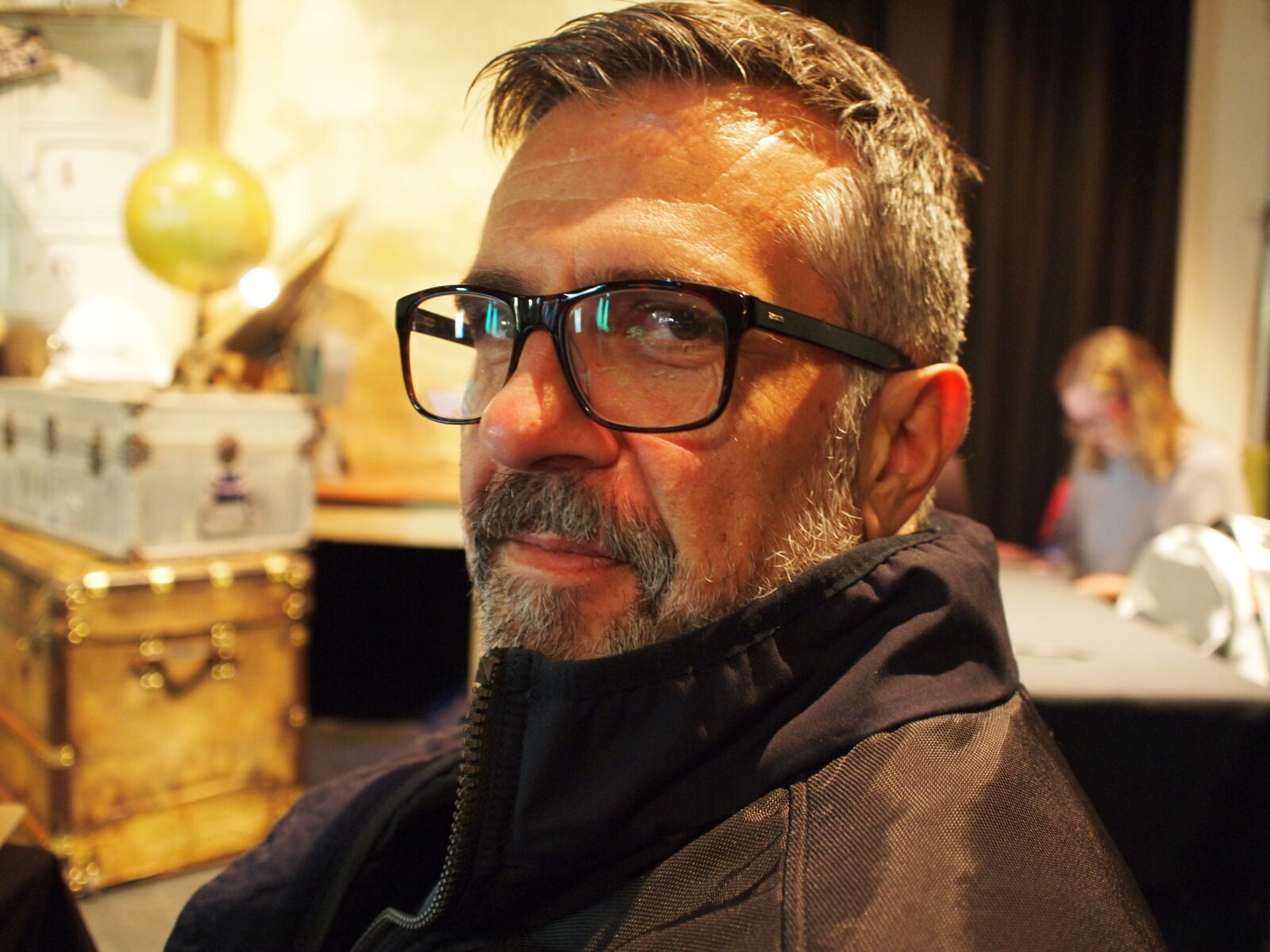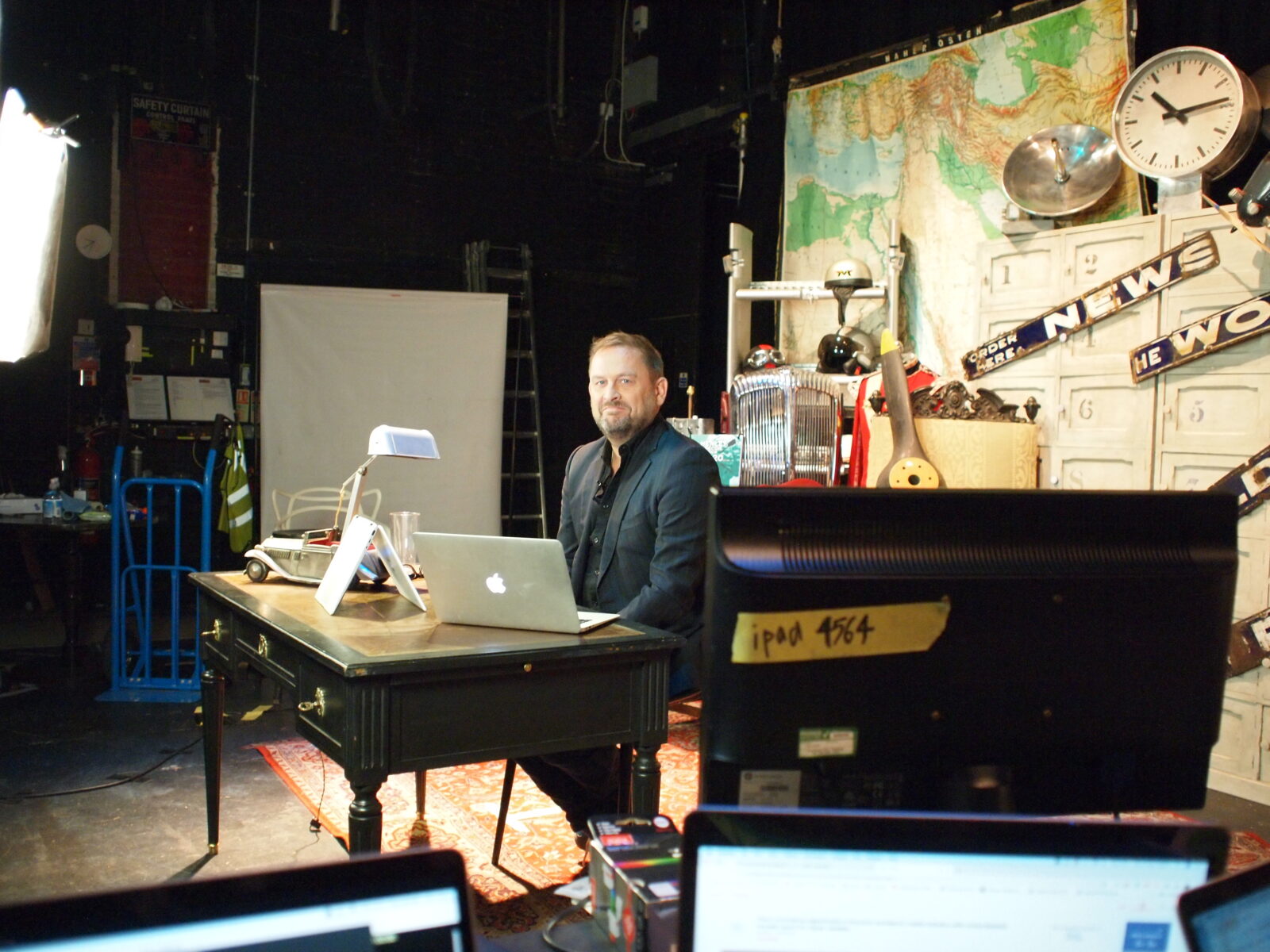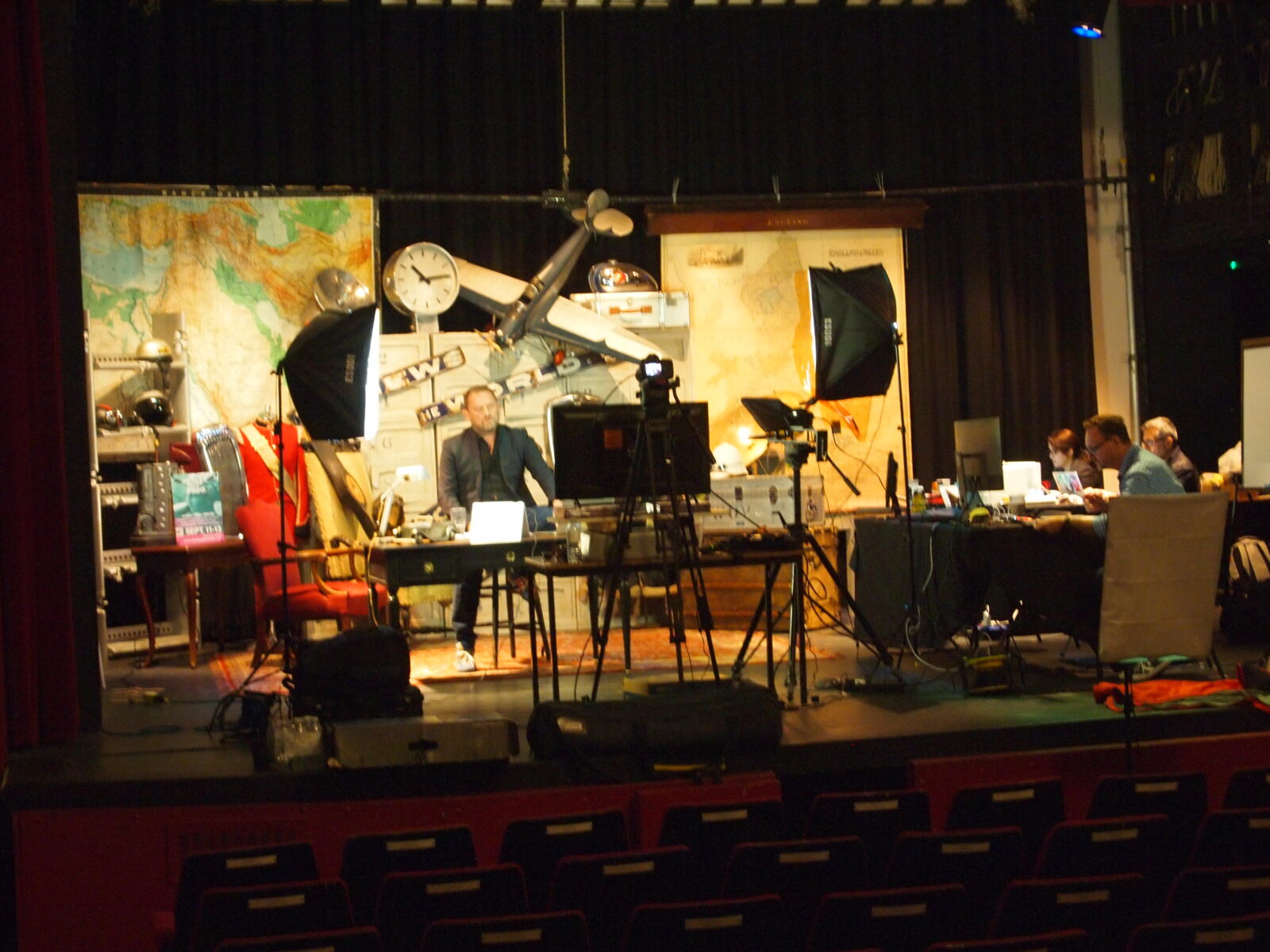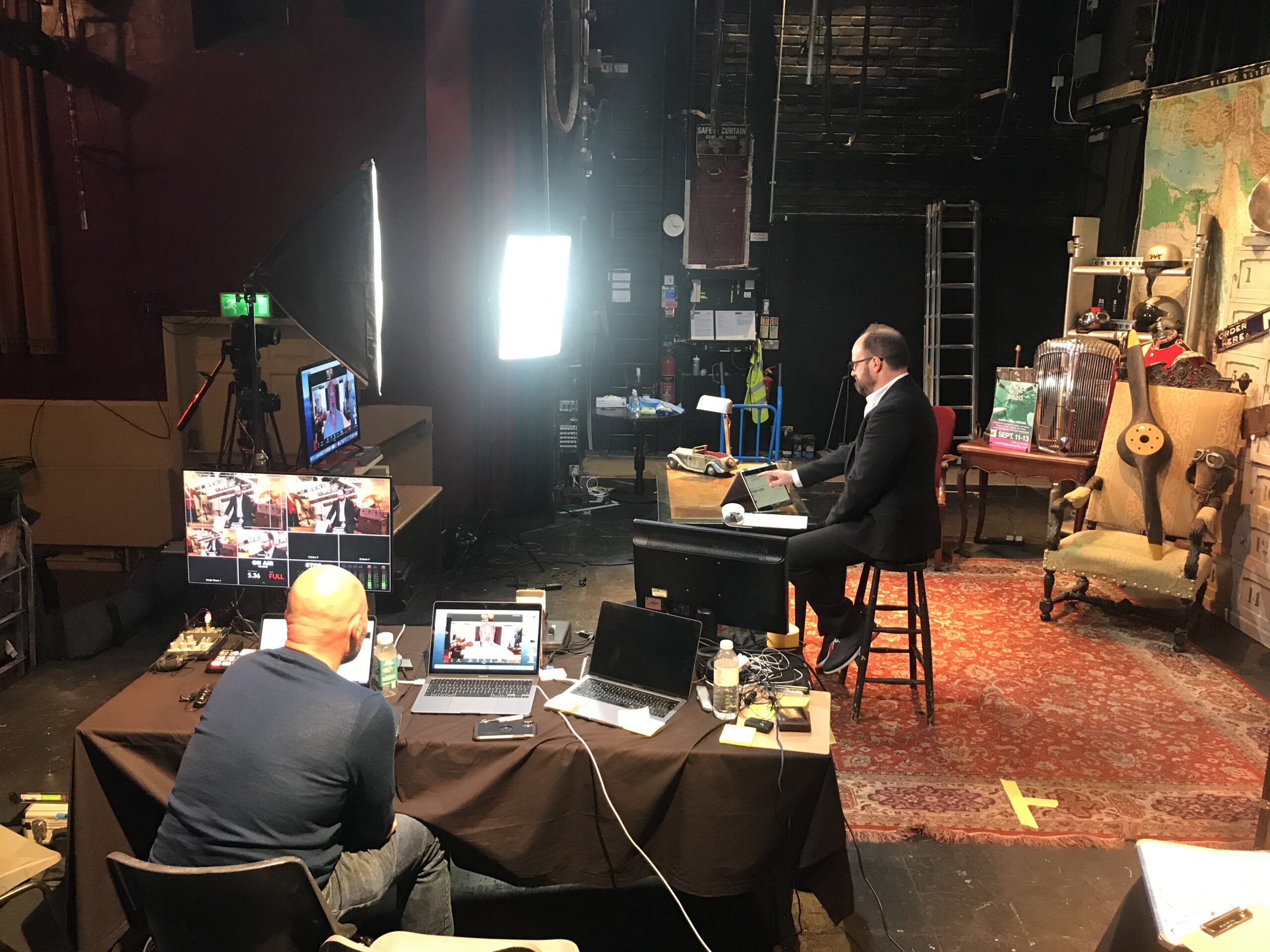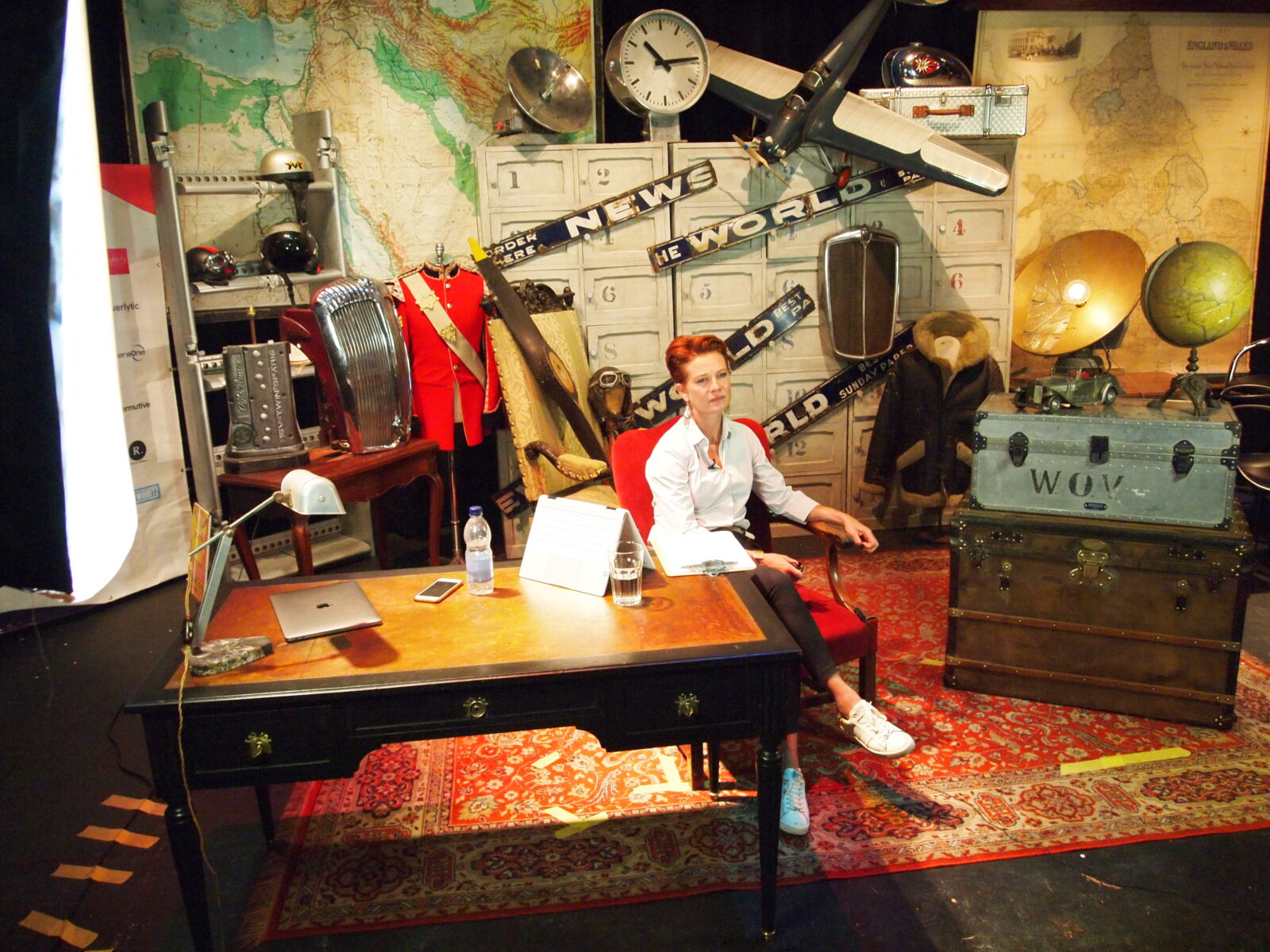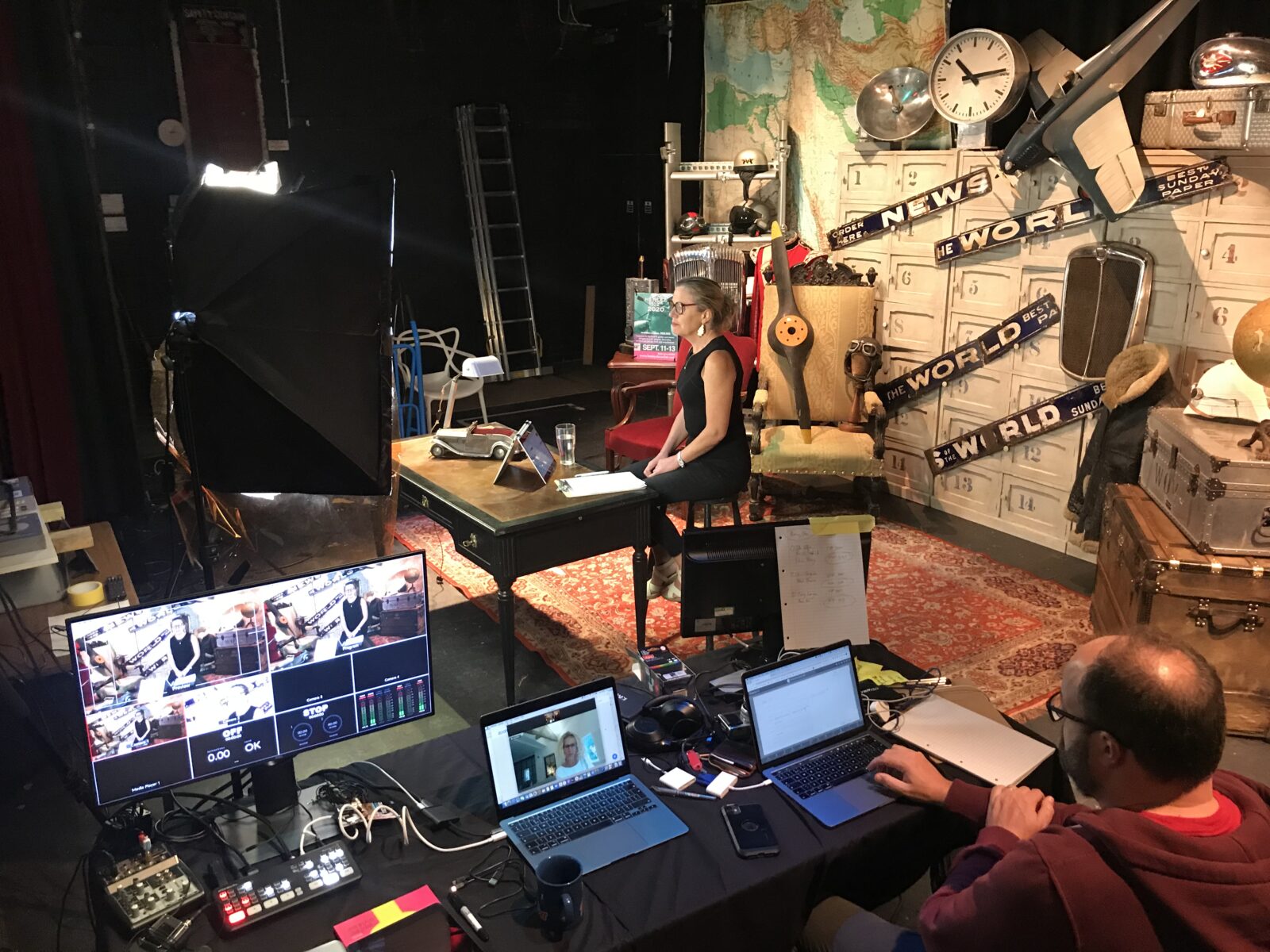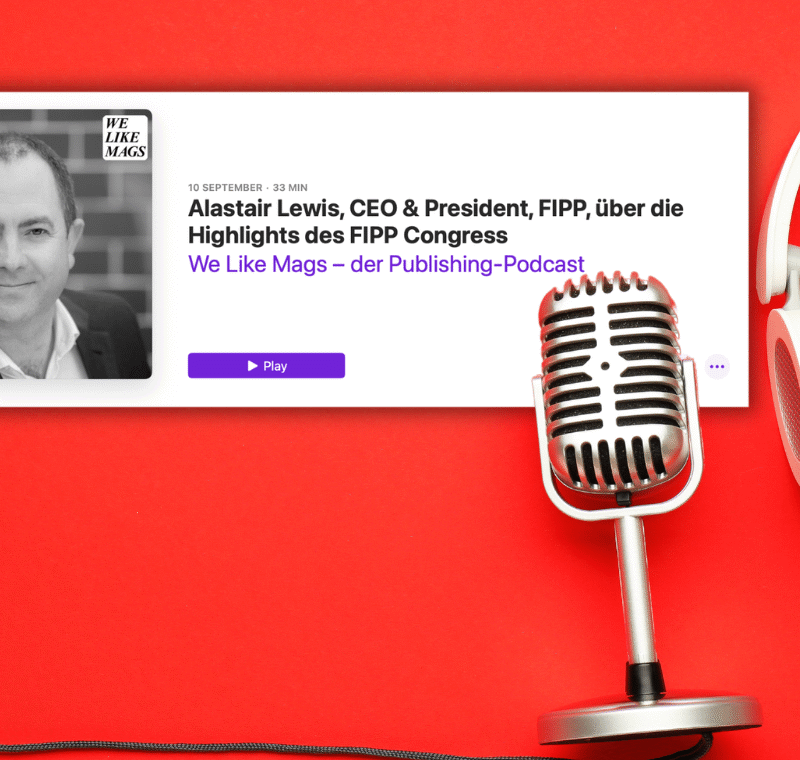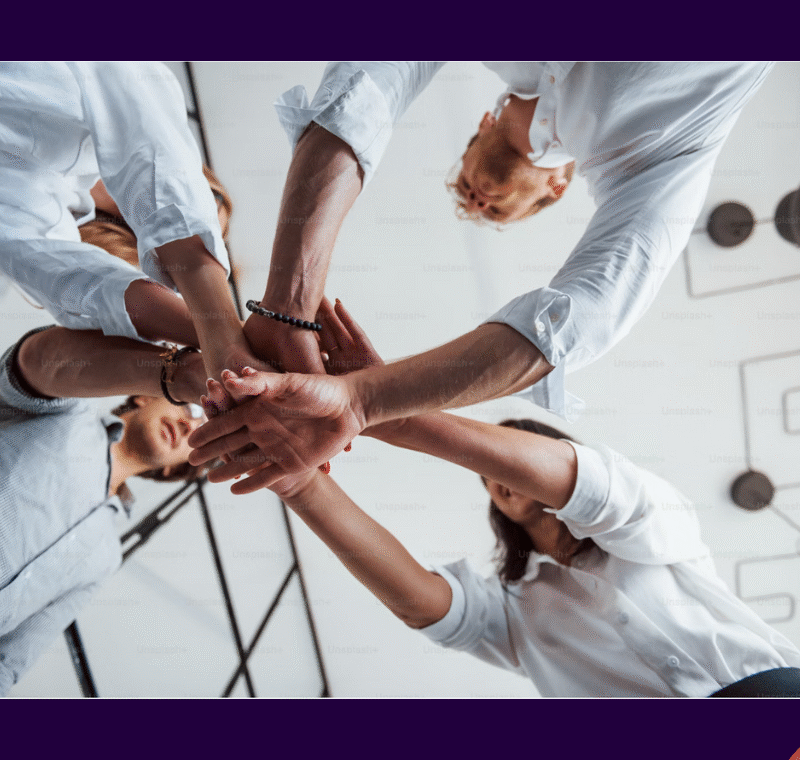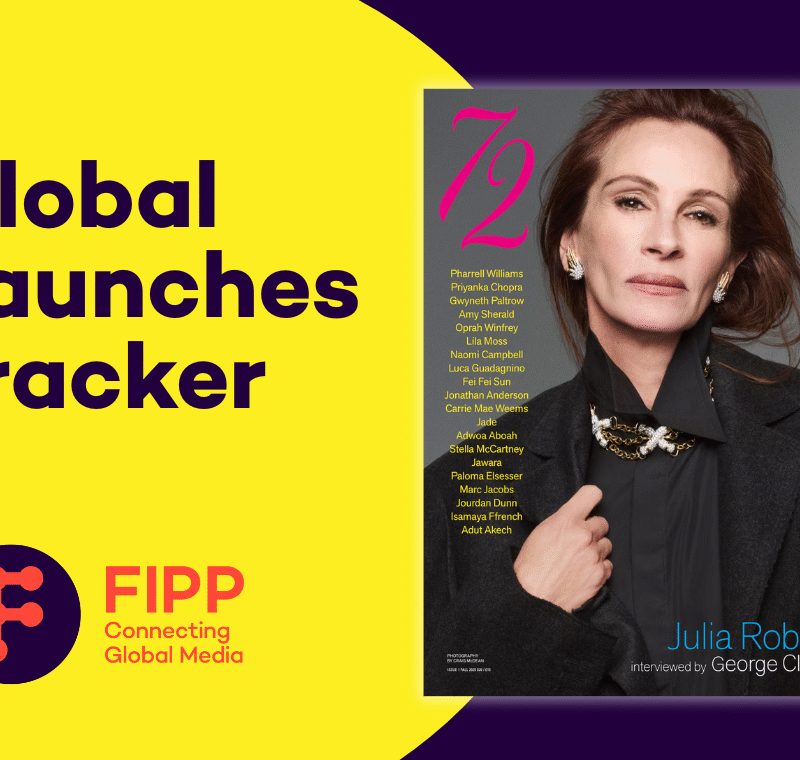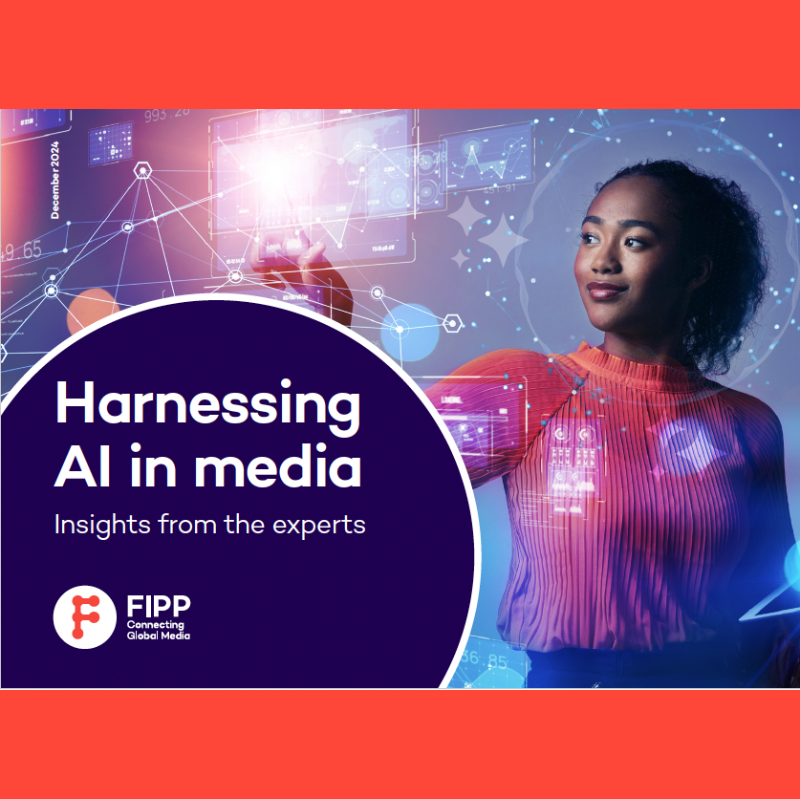A century of FIPP Congress: 2020, together, apart
In September 2020, the FIPP World Media Congress went fully virtual for the first time – marking a historic shift for an event that had, for decades, thrived on global face-to-face connection. During the uncertainty of the Covid-19 pandemic, the virtual format became a landmark moment of collaboration, bringing media leaders from across the world together and providing a vital touchpoint for publishers navigating uncharted territory.
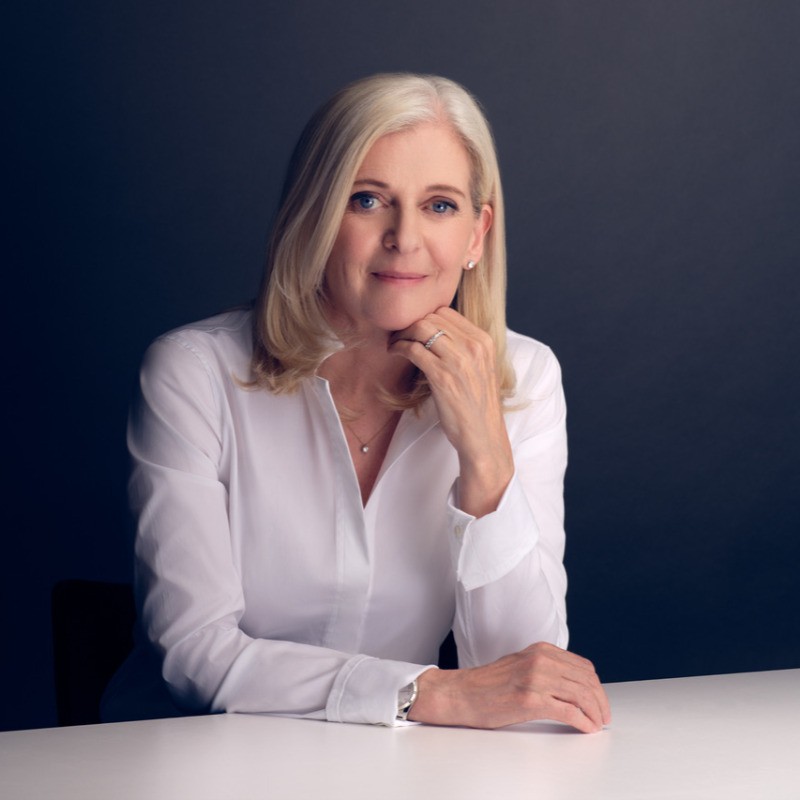
“This has been a really difficult few months, and you have to focus on the needs of the people who work for you… Among smart empathetic leaders there is a shift happening from IQ to EQ.”
– Lucy Küng, Senior Research Fellow, Reuters Institute for Journalism
Industry context
In 2020, the media world was defined by disruption and acceleration. Covid-19 upended business models, fast-tracked digital transformation, and forced a rapid rethinking of content delivery, monetisation, and collaboration. Legacy models gave way to agile, audience-first strategies; digital subscriptions hit record highs; and distributed teams adapted to keep stories flowing and businesses alive. Meanwhile, the global reckoning on race and inequality intensified scrutiny on representation in media, and publishers faced growing pressure to diversify their teams, content and audiences. It was a year that tested resilience and rewarded reinvention.
Key themes and topics
Collaboration, trust and agility were the through-lines of the 2020 FIPP Congress. The pandemic forced innovation, pushing media organisations to adapt faster than ever before. Several sessions explored the rise of reader revenue, with publishers sharing lessons on retention, personalisation and value creation. Others tackled the challenge of misinformation and the critical role of science and health journalism in rebuilding public trust.
Diversity and inclusion took centre stage, with candid discussions on how to move beyond pledges to meaningful change. Meanwhile, data was reframed as a strategic asset – essential not just for advertising, but for understanding and serving audiences across platforms. Underpinning it all was a shared belief: the future of media will be built by those who embrace change, lead with purpose, and work together – even when apart.
Featured presentations
- ‘Why representation matters: Diversity, equality and inclusion in the media’: Dionne Maxwell, Diversity, Inclusion and Belonging Lead, Co-Chair HearstBAME, Hearst UK; Erica Lovett, Director, Inclusion and Diversity, Condé Nast, USA; and Angie Byun, Principal, AB World, USA led a thought-provoking panel discussion on inclusion in media.
- ‘Diversifying the revenue stack’: Lee Fentress detailed the LA Times’ efforts to build new revenue streams, including The LA Times store and a wine club. Urging publishers to think more seriously about unit economics, he provided tangible ideas for publishers at every scale looking to build long-term financial sustainability through innovation and reinvention.
- ‘How The Washington Post’s video whizz engages millions of youthful fans’: Dave Jorgenson revealed how he built a loyal Gen Z following for The Washington Post, raking in almost 700,000 followers and demonstrating how even a legacy brand can thrive on new digital turf. He described it as a “fun and humbling way to realise our existence among Gen Z.”
- ‘Building a forever transaction with your readers’: Strategy consultant Robbie Kellman Baxter explained how to apply the subscription principles used by tech giants like Netflix and LinkedIn to media businesses. However, she insisted that a successful membership model is not about going high-tech, but rather knowing your customer and providing ongoing value.
- Covid transformation manifesto – 7 things that matter: Lucy Küng, Senior Research Fellow, Reuters Institute for Journalism at Oxford University, argued that the pandemic revealed how the strongest players in the journalism industry were thriving, while those slow to adapt to digital transformation were facing significant challenges. She also reminded leaders to prioritise the wellbeing of their teams.
Further reading
- Lessons from Week 1 of FIPP Congress 2020
- Lessons from Week 2 of FIPP Congress 2020
- Lessons from Week 3 of FIPP Congress 2020
- Lessons from Week 4 of FIPP Congress 2020
When the world stopped, we kept going
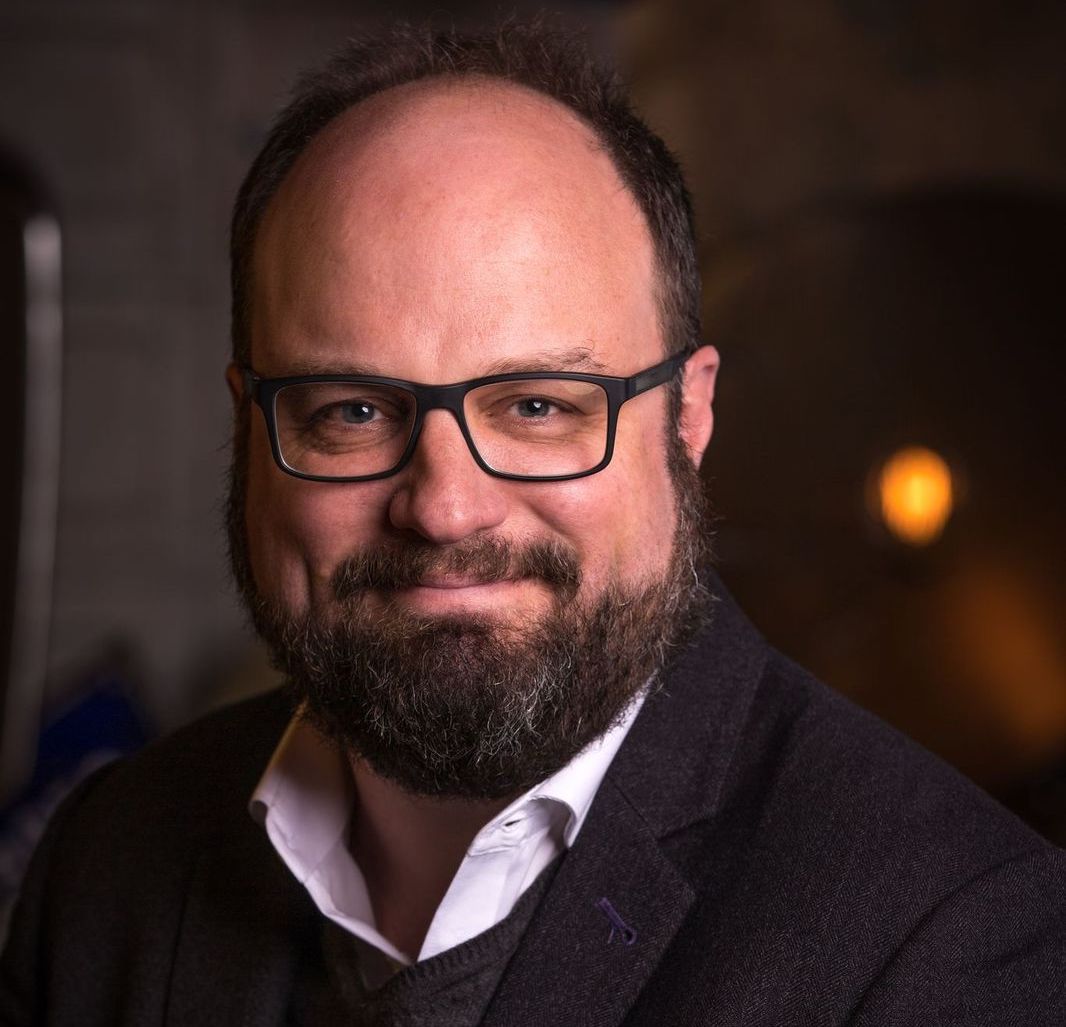
“It would never have happened if we hadn’t worked together effectively as a team, we survived because of the joint efforts of everyone – the night is always darkest just before the dawn.”
– James Hewes, Founder & Lead Consultant, Soho Consulting
James Hewes, then President and CEO at FIPP, remembers how it was to organise a virtual Congress.
The beginning of March, 2020. The distant, vague rumours about a new form a flu emerging from somewhere in Asia were growing louder and more definitive by the day. The FIPP / VDZ Digital Innovators’ Summit, a key event in the organisation’s calendar for more than 15 years, was just a matter of a few weeks away. We had sold tickets, committed more than one-hundred thousand Euros in costs, invited speakers and secured sponsors. Preparations were also underway for the 2020 FIPP Congress, which would have been held in Estoril, Portugal. Excitement was running high as we had agreed to co-host the event with Distripress for the first time, which promised a dramatic increase in both scale and financial return for both of us. After a few tough years, including a disastrous Congress in Las Vegas in 2019, things were finally looking up.
March 23rd 2020. The then-UK Prime Minister addresses the nation and institutes the first of what were to be multiple lock-downs. In-person gatherings are banned. Shock. Disbelief. Panic. Concern for family and friends, rapidly followed by concern for the future of FIPP. It was clear that holding events of any kind would be impossible for an unknown – but not short – period of time.
Having agreed with our partners the VDZ that we would only postpone – and not cancel – the DIS, we went into crisis mode, working as a team to brainstorm ideas about how to deliver an event without anybody being physically present. Like everyone else in the world, we signed up for a Zoom account, learned how to use it and then started holding webinars, as much to maintain connection with our members across the world as anything else. Initially, these looked terrible, so we invested in better lighting, professional sound and a 4K camera. Everyone was plunging into virtual events but I was clear from the start that I wanted ours to be better than anyone else’s, not only in terms of content but production.
The thought then came that not only could we deliver the DIS virtually but that we could combine it with Congress to create one ‘super event’. But where to host it? It was clear we couldn’t do that from my bedroom! In the end, my colleague John Schlaefli suggested contacting the Kenton Theatre in Henley-on-Thames. It was big enough that we could host sessions with enough room for all the kit, and maintain social distancing rules and, crucially, it wasn’t able to open to the public because of the pandemic. A few phone calls later and we had secured it for six months.
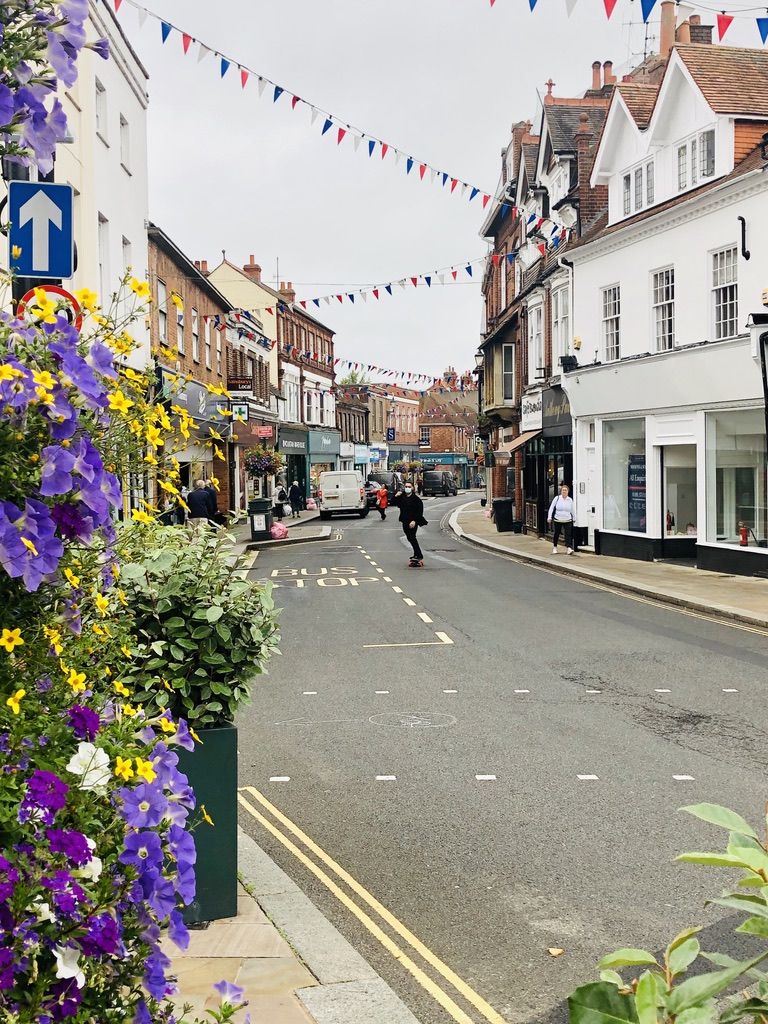

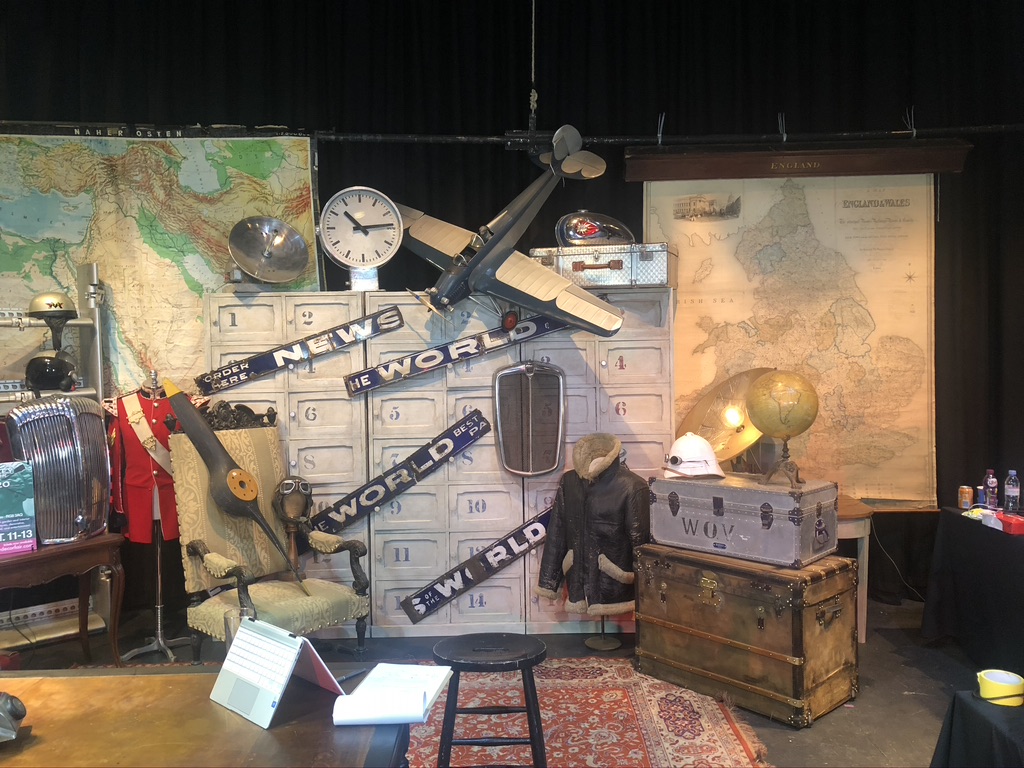
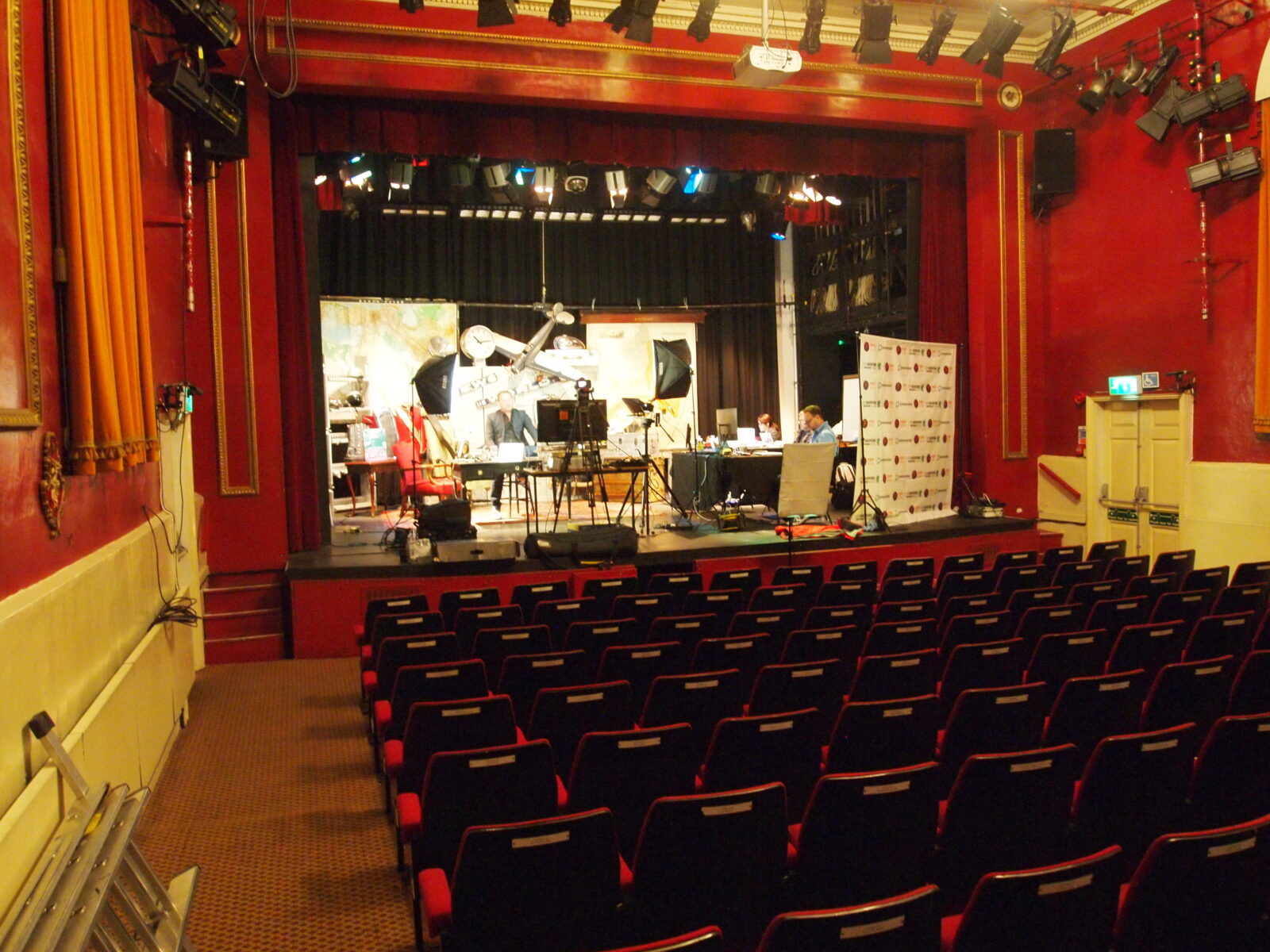
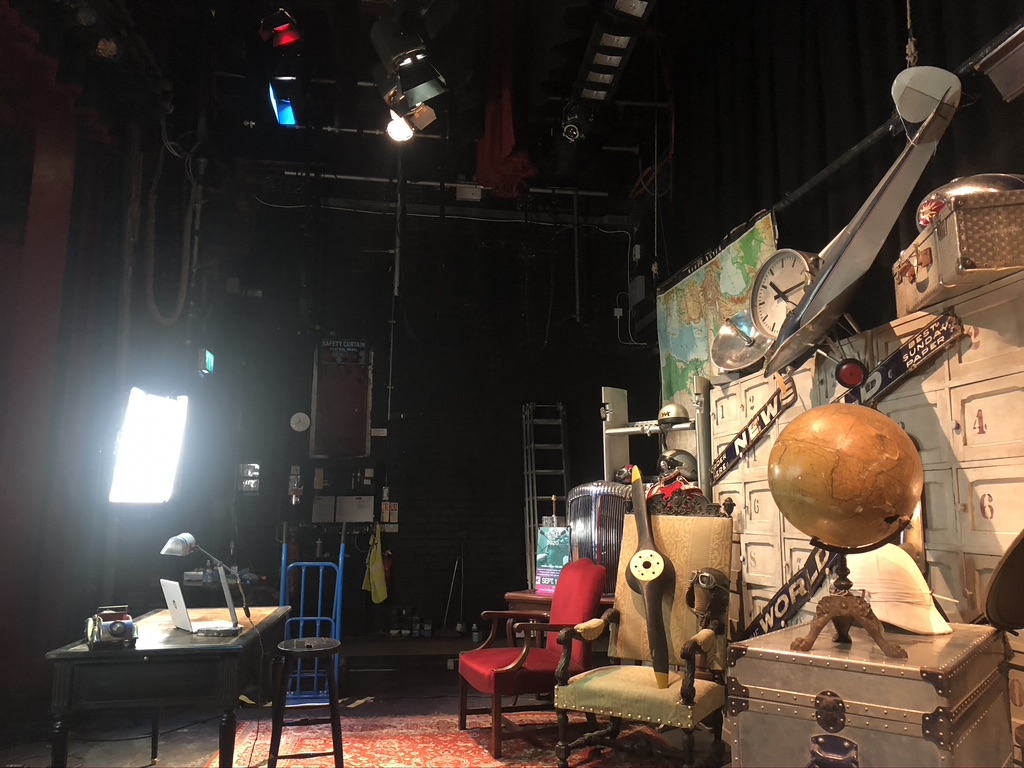
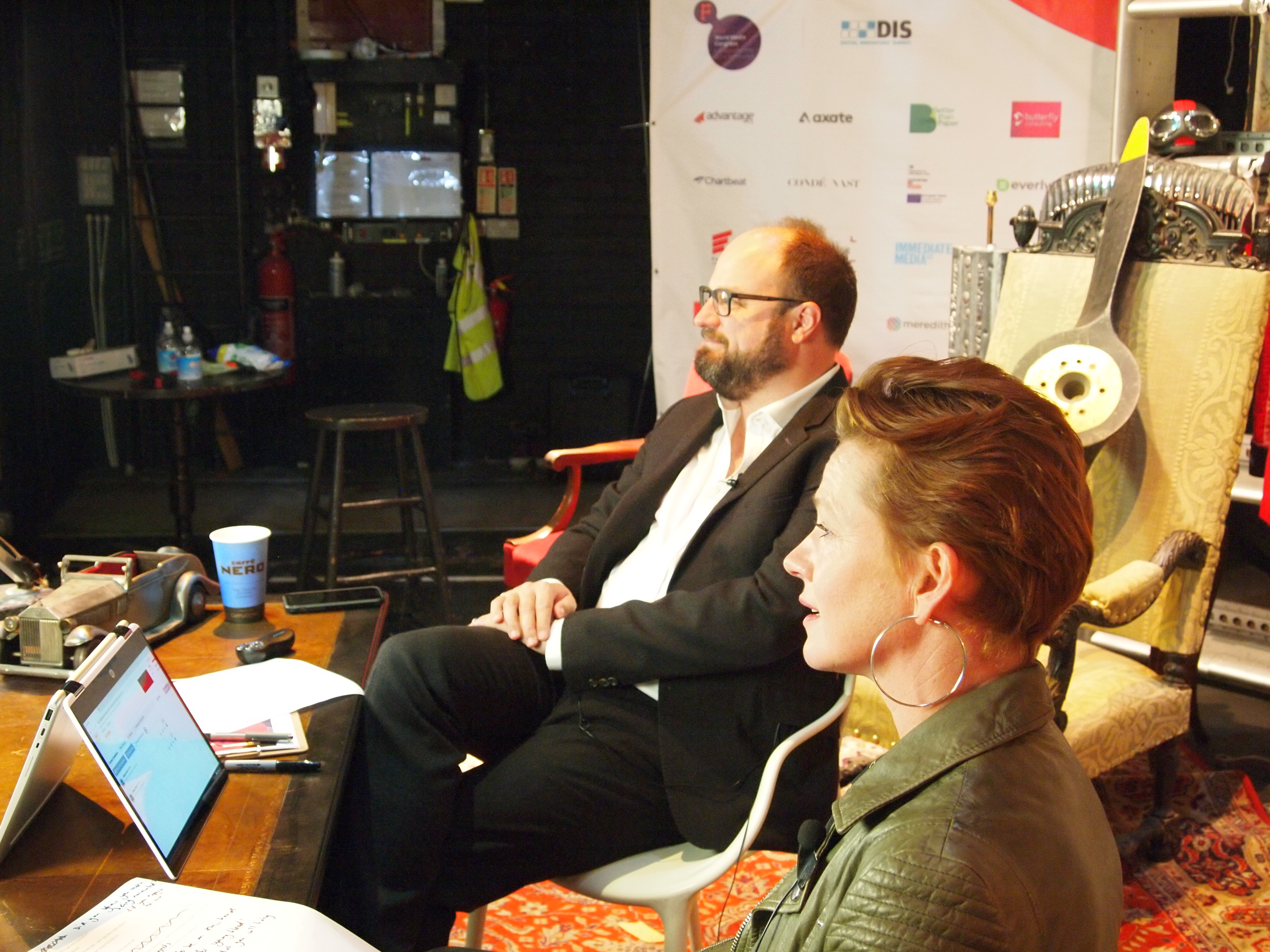
The other crucial decision we made early on was to not attempt to replicate the in-person experience virtually. In other words, it was no good expecting people to turn up to two solid days of conference sessions, when they were already suffering from “Zoom overload”. Instead we designed a programme that allowed delegates to fit Congress sessions in alongside their working day. We spread the event out over the course of a month, hosting three or four sessions each day, and never asking delegates to choose between one session and another. This meant hosting 85 sessions in 30 days, a challenge for Cobus’ programming skills (but one which of course he met…).
I could write a book about our experiences in putting on an event of that scale during lockdown. It was a fantastic experience, the delegates were extremely happy and, crucially, it saved the company. But it would never have happened if we hadn’t worked together effectively as a team, we survived because of the joint efforts of everyone – the night is always darkest just before the dawn.
How a crisis sparked a month-long global gathering
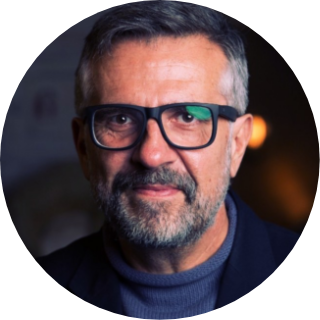
“Coming out of the pandemic, that human connection was a key driver in renewed in-person event attendance, and the general boom of the events sector. It mattered.”
– Cobus Heyl, Founder, That Coallition
Cobus Heyl, then Chief Marketing and Content Officer and now Founder of That Coallition, on how we turned a Congress into a global digital experience.
We were fortunate that content was a strong Congress (and DIS) driver. Unlike the exhibition and networking components, it was relatively easy to replicate online.
However, as James said, we wanted to think of virtual events as a new platform. After all, one digital transformation lesson during the past two decades or so was that you must apply fresh thinking to new platforms. How will people use them? How will they engage? What will constitute value?
One of the benefits of in-person events is that they bring people together for a defined period, in the case of Congress typically 2.5 days. There is value in stepping away from the office for a few days of concentrated learning and networking.
In 2020, most colleagues were, of course, working from home. While taking a time-out from work was possible, would anyone genuinely sit through 2.5 days of 8-hour programming online? And with Congress attracting delegates worldwide, would attendees in, for example, Japan and the USA truly sign in early morning or late at night to sit through a live broadcast during the European day-time?
We argued that atomised content is a characteristic of digital platforms, meaning we should break the programme down into chunks that people could either consume live or on-demand. And so we decided to spread the event over a month, developing a live (Zoom) and on-demand (Vimeo) broadcast strategy for it.
What we didn’t bargain on was, of course, that this approach essentially created a month-long live TV show. We had to learn — and learn quickly — how to make that work. Fortunately, we had an experienced TV producer, Alex Gower-Jackson, available to help. So off we went!
Programming brought its own set of challenges — and opportunities. In-person, a 2.5-day Congress benefits from a captive audience: delegates are physically present, away from daily distractions, and willing to commit to full days of sessions, networking, and social activities. You can build a tightly packed schedule with a clear narrative arc, carrying people from keynotes through breakouts to evening receptions. Energy levels rise and dip during the day, but programme design and the shared environment helps maintain momentum.
Programming a virtual event spread over a month was different. We couldn’t rely on having people’s full attention for long periods. Attention spans online are also shorter, so we had to adjust thinking there, too.
We also had to rethink scheduling completely: the audience was global, dipping in between work, and tuning in from different time zones (I fondly remember James opening every session he hosted with, “Good morning, good afternoon and good evening ladies and gentleman, wherever you are in the world”).
Live sessions had to be complemented with on-demand options, and we had to carefully balance the daily and weekly rhythm to maintain engagement without overwhelming people. It wasn’t just about setting an agenda; it was also about sustaining momentum — nudging, reminding, and making it easy for participants to stay involved across a full month.
Ultimately, I did not find programming for virtual easier or harder than for in-person. It was just different.
In the end, the event attracted a truly global audience, reflective of the broad reach and appeal of the event. More than 2,000 participants (about four times the size of in-person Congresses) registered for the live event, representing 816 companies from 58 countries.
As with in-person Congresses, the attendees skewed towards senior executives, with Chief Executives the most commonly recorded job title, followed by a rich variety of roles including Editors, Publishers, other senior execs, and specialists.
The event also allowed FIPP to engage with staff from smaller companies and startups, as well as more junior staff (around 8% of the total) in larger organisations — people who may otherwise not be able to attend FIPP events due to travel limitations. It was a good way to foster new relationships.
While we started Congress 2020 with little experience in what we were setting out to do, we ended the month just about thinking we should launch FIPP TV! Being 2020, we were still in for another year of lockdowns and unprecedented challenges, of course, and the Congress experience set us up nicely for the rest of the pandemic.
I remember that “going virtual” was such a hot topic at the time that many predicted we would never go back to in-person events only, and that the future would be truly hybrid.
This is true in some sense, but ultimately, delivering content is only one component of events. People want to connect and meet face-to-face, and have enriching experiences that not only help their businesses, but also re-energise and re-invigorate them.
Prior to the pandemic, the FIPP Congress happened only every second year. Post-pandemic, it became a successful annual event. Coming out of the pandemic, that human connection was a key driver in renewed in-person event attendance, and the general boom of the events sector. It mattered.
And even though a purely virtual Congress hasn’t happened since, the experience of 2020 empowered FIPP with virtual production capabilities — and, perhaps most importantly, allowed the organisation to continue engaging its members and setting it up for the post-pandemic world.
It was a helluva ride. Challenging at times, but very, very rewarding.
The FIPP World Media Congress takes place in Madrid, Spain, from 21-23 October 2025.
This event will bring together media professionals from across the globe for three days of insightful discussions, keynote presentations, workshops, and unparalleled networking opportunities. Whether you’re a seasoned industry leader or a rising innovator, the FIPP Congress promises to be an unforgettable gathering that will shape the future of media. Book now with the Pre Agenda Offer to save 650EUR from final rates.
FIPP CENTENARY PARTNERS
 |
| UPM Communication Papers FIPP Strategic Partner 2025 |
 |  | |
| AdvantageCS | Bridged Media | Erak Global Works |
 |  |  |
| FT Strategies | James G. Elliot Co. | Miso |
| Puzzler Media | PressReader | Wright’s Media |
 | ||
| Zinio |
SILVER SPONSORS
MEDIA PARTNER



